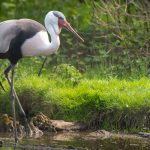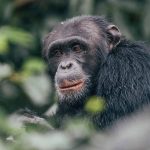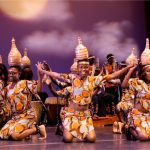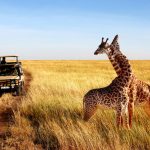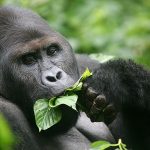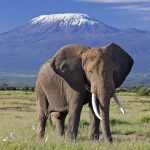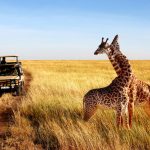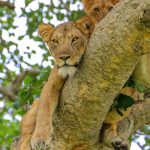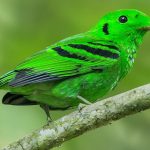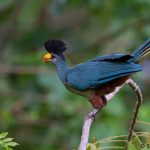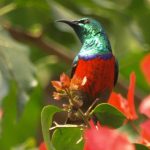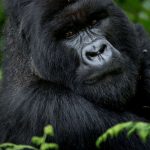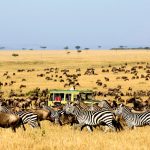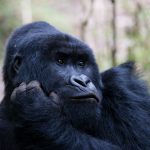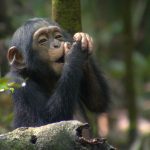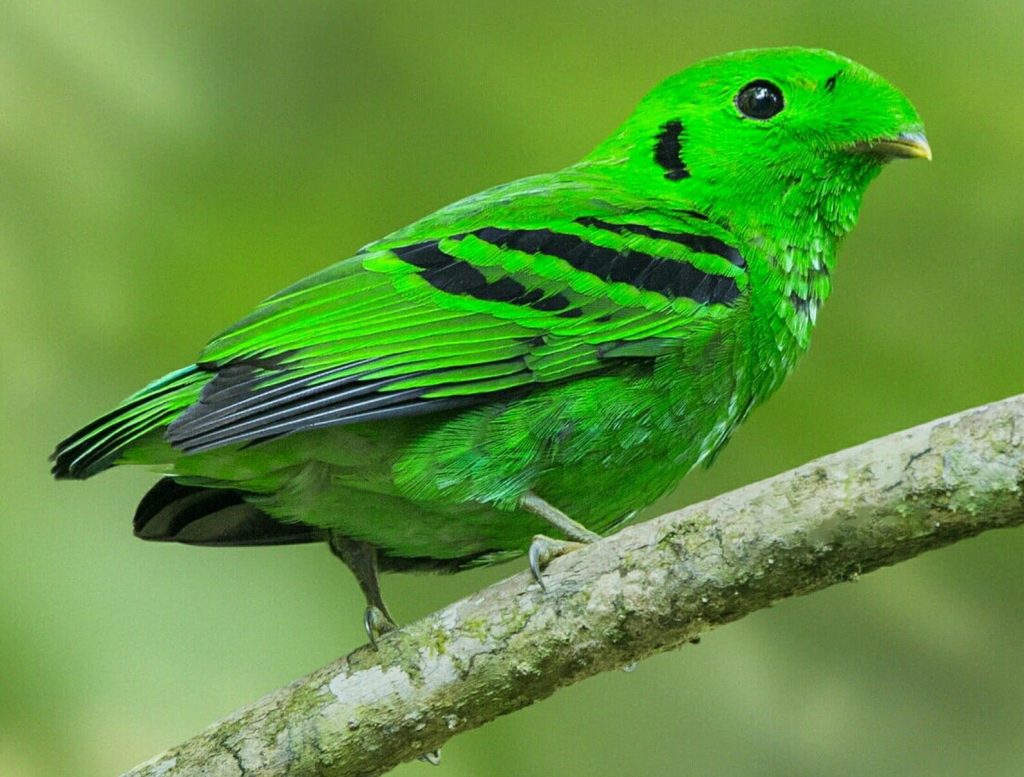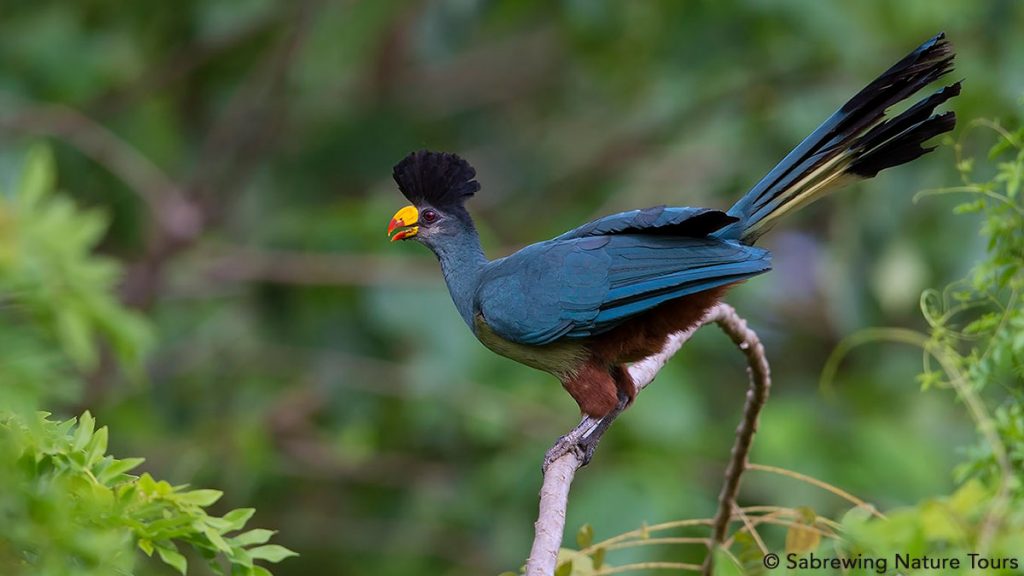- Home
- About Us
- Safaris Packages
- Safari Types
- Destinations
- Uganda
- Best Natioanl Parks
- Accommodations
- Semuliki National Park Accommodation
- Rwenzori National Park Accommodation
- Queen Elizabeth National Park Accommodation
- Murchison Falls National Park Accommodation
- Mgahinga Gorilla National Park Accommodation
- Mount Elgon National Park Accommodation
- Lake Mburo National Park Accommodation
- Kidepo Valley National Park Accommodation
- Kibale National Park Accommodation
- Bwindi Impenetrable National Park Accommodation
- Wildlife Reserves
- Activities And Attractions
- Distance in Kilometers and Duration
- Distance From Entebbe To Mgahinga National Park
- Distance From Entebbe to Rwenzori Mountains National Park
- Distance From Entebbe To Semuliki Natioanl Park
- Distance From Entebbe To Queen Elizabeth National Park
- Distance From Entebbe to Kidepo Valley National Park
- Distance From Entebbe To Mount Elgon National Park
- Distance From Enetebbe To Lake Mburo National Park
- Distance From Entebbe To Kibale National Park
- Distance From Entebbe To Murchison Falls
- Distance From Entebbe To Bwindi Impenetrable Forest
- Top Destinations
- Top Safaris
- Wheather
- Solo Traveller
- What to Expect On Safari in Uganda?
- Why Visit Uganda Next in 2021/22 – Alpha Adventure Safaris
- Best Uganda Tour Company
- Rwanda
- Kenya
- Tanzania
- Uganda
- Contact Us Now
Wild Mania Safaris-Uganda Safaris, Uganda Tour Packages , Uganda Safaris
- +256 754 389710
- info@wildmaniasafaris.com
- Get A Quote
14 Days Uganda National Parks Birding Trip
0
Price
Price
Save To Wish List
Adding item to wishlist requires an account
Don't have an account? Create one.
When you book with an account, you will be able to track your payment status, track the confirmation and you can also rate the tour after you finished the tour.
Sign Up
480
BROWSE TOURS BY ACTIVITY
LATEST TOURS
Safari News
Itinerary
DAY 1 North-Eastern Uganda Birding Tour: Arrival for Birding Kidepo Valley National Park Tour
North-Eastern Uganda Birding Tour – Meet early and do an hour and a half drive to Mabamba, a Ramsar site and an Important Bird Area. The Mabamba wetland is one of the top two places in the world to find the Shoebill which is an uptick bird for so many birders on earth, and Africa’s number one and highly sought-after; the other spot is Murchison Falls National Park. Mabamba offers over 80% chances for seeing this alien-looking-like bird.
Driving there, we might get African Green Pigeon, Great Blue and Ross’s Turaco; they like patching high on the snags by the roadside. The wetland here is one of the top community-based initiatives in the country, and when we get there, we take community members’ used engine-powered boat that is big enough to carry a motorcycle.
While looking for the Shoebill, we should expect a collection of typical African water and nearby habitat birds like Malachite Kingfisher, Long-toed Lapwing, Blue-breasted Bee-eater, African Jacana and Yellow-billed Duck. Here are also high chances for African White-backed Duck, Lesser Jacana, Papyrus Gonolek, Blue-headed Coucal, African Marsh Harrier, Fan-tailed Widowbird, Common Waxbill, Grey-capped Warbler, Madagascar and Blue-cheeked Bee-eater depending on the season and several others.
After searching for the Shoebill, we will drive to the east for our next day’s birding at Mabira Forest.
DAY 2 North-Eastern Uganda Birding Tour: Birding Mabira Forest
Today, we will spend our precious time birding Mabira forest for a good collection of Guinea-congo forest species. The quality of birds in this isolated forest is worth the time spent here. In the morning and the afternoon sessions, we will focus on finding the yellow-eyed and Red-tailed Bristlebill, Forest Robin, Brown-chested and Fire-crested Alethe, Scaly-breasted and Brown Illadopsis, Nahan’s Francolin among other ground-dwelling skulkers. We will work hard in search of White-spotted flufftail which tends to love hanging around streams, Blue-shouldered and Snowy-crowned Robin-Chat, Yellow and Grey Longbills, Shinning Blue and Blue-breasted KingfisherS, Forest Woodhoopoe, Purple-throated Cuckoo-shrike, Lowland Sooty Boubou, Great Blue and Purple-crested Turaco along with several other good birds. These and several others, show well in the mid-strata and canopies but the skies are also great for Sabine’s and Cassin Spinetail and a few species of raptors.
Day 3 North-Eastern Uganda Birding – TourBirding to Soroti
Depending on the previous day’s findings, we will decide to do morning birding or continue to Soroti, birding through the Maddy areas and rice schemes. The Rice schemes are rich waterfowl, sometimes, uncommon birds like the Black Egret and Rufous-bellied Herons show up very nicely. Soroti is a town but a vantage location for setting off to the Fox’s Weaver and Karamoja Apalis locations.
Day 4 North-Eastern Uganda Birding Tour – Birding Pakwi for the Fox’s Weaver
Birding in Uganda | Birdwatching Importance | Bird Watching Birds
We escape Soroti town in the morning and head to Pakwi. This remote part of Kumi district is characterised by thorny whistling acacia and dry scrubs which are great for an impressive number of dry country birds. The whistling acacia holes attract a species of acacia ants which are a prime diet for the Fox’s Weaver and the hard to find Karamoja Apalis.
While looking for the two targets, the area can be great for a variety of seed-eating birds and birds of prey. Birds like the migratory Lesser Kestrel, Brown and Black-breasted Snake-eagle, Bateleur and Wahlberg’s Eagles, Black-headed Gonolek, Wattled Starling, Red-headed, Red-billed and Cardinal Quelea, Shelley’s Rufous Sparrow, Red-throated Pipit, Speckle-fronted Weaver, Allen’s Gallinule, African Pygmy Goose, Stout and Red-faced Cisticola and many more can be found without a hustle.
Day 5: North-Eastern Uganda Birding Tour – Transfer to Mountain Elgon National Park
Have an early breakfast and drive towards Sipi village for birding Mountain Elgon National Park. This beautiful forested mountain park harbours 43 of the 144 species of the Guinea-Congo Forests biome and 56 of the 88 species of Afro-tropical Highland biome that occur in Uganda. When we arrive, we spend the afternoon birding the environs all the to the fascinating Sipi Falls.
DAY 6 North-Eastern Uganda Birding Tour: Birding Mountain Elgon National Park Trails
We will have breakfast and then head into the park’s montane forests. The elevation here is quite high; therefore, cold weather should be expected; for similar reasons, it is a better quality of birds here! The species here are high elevation loving. We shall cover some of the well-established trails in search for Abyssinian Ground-Thrush, Black-throated Wattle-eye, Black-collared Apalis, Scaly-throated Honeyguide, Abyssinian Crimsonwing, Jackson Francolin, , Moustached Tinkerbird, White-starred Robin, Cape Robin-Chat, Little Rock-Thrush, Mountain Yellow Warbler, Cinnamon Bracken Warbler, African Hill Babbler, White-browed Crombec, a few dark-coloured Starlings, Amythist Sunbird, and Hartlaub’s Turaco among others.
DAY 7 North-Eastern Uganda Birding Tour: Transfer to Pian Upe Game Reserve
Pian Upe Wildlife Reserve, although not a well-visited location by birders and other nature lovers, it is by far one of the most remarkable protected areas in Uganda. Virgin grassland and wooded habitats have created an incredibly welcoming habitat for dry country birds and very cool mammals that are highly sought after by travellers. On this note, this is the only park in the country where the handsome Roan antelopes can be seen. We will search its Red acacia, Desert date, Bushwillows, Harrisonia abyssinica, and Red spike thorns as well as shrubs, such as butterfly pea and woolly caper bush for several Cisticola family birds. We will observe its sky for some magnificent birds of prey like the spectacular Secretary Bird, Fawny Lark, Red-fronted Tinkerbird, Hartlaub’s Bustard, Jackson’s Hornbill, and east African endemics like the Karamoja Apalis.
DAY 8 North-Eastern Uganda Birding Tour: Whole Day Birding of Pian Upe and Surroundings
DAY 9 North-Eastern Uganda Birding Tour: Birding to Kidepo Valley National Park via Moroto and Matheniko Game Reserve
This stretch is about driving through villages and communities. It is all dry country and usually the best time to find Blue-capped, Steel-blue Whydah and Long-tailed Paradise-Whydah. We will look out for them and also scan through thickets for Rufous Chatterer and d’Arnaud’s Barbet along with several other birds that have this for a home.
DAY 10, 11 and 12 North-Eastern Uganda Birding Tour: Birding Kidepo Valley National Park
Three full days will be spent exploring Kidepo; activities will include bird watching, day and night game drives, cultural visit to the Karamajong communities for some cultural performances, game, and bird walks within the park as well as comfortable.
Kidepo Valley National Park is the least explored of all Uganda’s parks and yet proves to offer the best as far as ornithological trips are concerned. Kidepo has a record of up to 480 species in total, making it the second-highest after Queen Elizabeth National Park of all the protected areas in the country. Being the only IBA located entirely within the Somali– Masai biome, 28 species from the Somali-Masai and Sudan–Guinea Savanna biomes are endemic to this park in Uganda.
The Narus Valley and the Ostrich areas are fantastic spots for an exceptional birding experience. The Common Ostrich, Secretary Bird, Scissor-tailed Kite, Eastern Chanting Goshawk, Pygmy Falcon, Fox Kestrel, Stone Partridge, Clapperton’s, Heuglin’s, Yellow-necked Francolins, Kori, White-bellied and Hartlaub’s Bustards love it here. The uncommon Violet-tipped Courser, Black-headed Lapwing, Four-banded Sand Grouse, Bruce’s Green Pigeon, Rose-ringed Parakeet, White-crested Turaco, White-bellied Go-away bird, White-faced Scoops-Owl, Long-tailed and Standard-winged Nightjars, Little Green Bee-eater, Abyssinian and Rufous-crowned Rollers, the Abyssinian Ground, Eastern Yellow and Jackson’s Hornbills are also among the many birds we will look for. Still while scanning the scrubs and walking through dry country thorny acacia; Red-fronted and Black-breasted Barbets, Brown-backed Woodpecker, Singing Bush lark, Red-winged Lark, Ethiopian Swallow, Pied, Isabelline and Heuglin’s Wheaters, Grayish Flycatcher, Foxy and Red pate Cisticolas, Karamoja Apalis, White-bellied Tit, Mouse-coloured Pendu Tit, Northern and Yellow-billed Shrikes, Slate-coloured Boubou, Fan-tailed Raven, Superb Starling, Red-billed Oxpecker, Eastern Violet-backed, Pygmy and Beautiful Sunbirds, Rufous and Chestnut Sparrow, Yellow-spotted Petronia, White-headed and White-billed Buffalo-Weavers, White-browed and Chestnut-crowned Sparrow Weavers, Grey-capped Social and Speckle-fronted Weavers, Pytilias like Green-winged, Orange-winged and Red-winged, Black-bellied and Black-faced Waxbills, and the Brown-rumped Bunting, are just a few of the 480 bird species the Park boosts yet very likely to be seen.
Kidepo’s mammal list of over 80 species includes 28 species not found in any other Ugandan National park. Amongst these are such charismatic African animals as Bat-eared Fox, Caracal, Cheetah, and Klipspringer. Unfortunately, Kidepo suffered the same fate as many other Ugandan parks during the 1970s and 1980S and is still recovering from years of poaching that left game herds depleted. Spotted Hyena, Lesser Kudu, Grant’s gazelle and Beisa Oryx have not been seen at all in recent times and were presumed to be locally extinct. Other large mammals have shown a remarkable recovery and there are now healthy populations of Elephant, Common Zebra, Buffalo, Bohor Reedbuck, Waterbuck, and Kongoni. Predators are plentiful and Spotted Hyena, Leopard and Lion are frequently seen. The Oribis are abundant in the Narus Valley, whilst the dry thorn thickets in the north are home to Guenther’s Dik-Dik. The Senegal Galago and Side-striped Jackal may be found in the rest camp at night, and White-tailed Mongoose is common but more likely to be found on a night drive. The park also has a vibrant and diverse reptile fauna.
DAY 13 North-Eastern Uganda Birding Tour: Bird Watching to Gulu
The drive from Kidepo Valley NP to Entebbe is very long with over 10 hours drive yet there are possible suitable species to pick along the way, we consider spending a night at Gulu town
DAY 14 North-Eastern Uganda Birding Tour: Bir


